Now, a new report lays out a blueprint to keep warming in check– without, as many plans do, relying on controversial nuclear power or new technologies to capture CO2 (including machines that suck carbon dioxide from the air) that haven’t yet been proven at scale. The report says it can happen for far less money than we’re currently spending to subsidize fossil fuels.
Global warming is likely to be the greatest cause of species extinctions this century. The IPCC says a 1.5°C average rise may put 20-30% of species at risk of extinction. If the planet warms by more than 2°C, most ecosystems will struggle.
Many of the world’s threatened species live in areas that will be severely affected by climate change. And climate change is happening too quickly for many species to adapt.
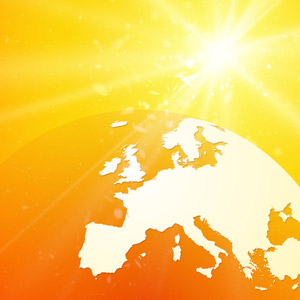
The planet's average surface temperature has risen about 0.9 degrees Celsius since the late 19th century, a change driven largely by increased carbon dioxide and other human-made emissions into the atmosphere. Most of the warming occurred in the past 35 years, with the five warmest years on record taking place since 2010. Not only was 2016 the warmest year on record, but eight of the 12 months that make up the year — from January through September, with the exception of June — were the warmest on record for those respective months.

The oceans have absorbed much of this increased heat, with the top 700 meters (about 2,300 feet) of ocean showing warming of more than 0.4 degrees Fahrenheit since 1969.

The Greenland and Antarctic ice sheets have decreased in mass. Data from NASA's Gravity Recovery and Climate Experiment show Greenland lost an average of 286 billion tons of ice per year between 1993 and 2016, while Antarctica lost about 127 billion tons of ice per year during the same time period. The rate of Antarctica ice mass loss has tripled in the last decade.
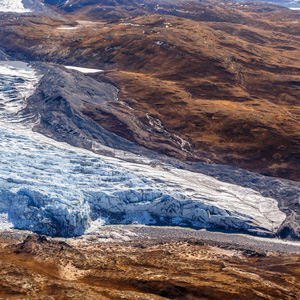
Glaciers are retreating almost everywhere around the world — including in the Alps, Himalayas, Andes, Rockies, Alaska and Africa.
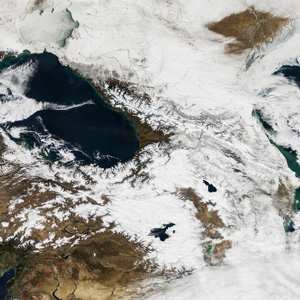
Satellite observations reveal that the amount of spring snow cover in the Northern Hemisphere has decreased over the past five decades and that the snow is melting earlier.
Global sea level rose about 8 inches in the last century. The rate in the last two decades, however, is nearly double that of the last century and is accelerating slightly every year.
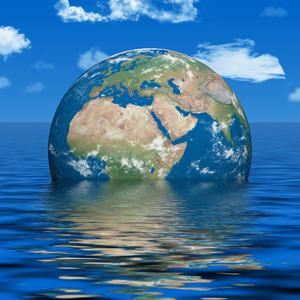
Global sea level rose about 8 inches in the last century. The rate in the last two decades, however, is nearly double that of the last century and is accelerating slightly every year.
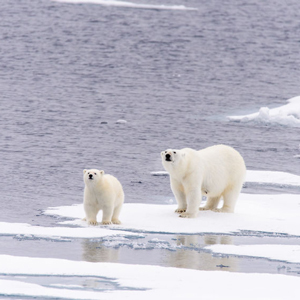
Both the extent and thickness of Arctic sea ice has declined rapidly over the last several decades.

The number of record high temperature events in the United States has been increasing, while the number of record low temperature events has been decreasing, since 1950. The U.S. has also witnessed increasing numbers of intense rainfall events.
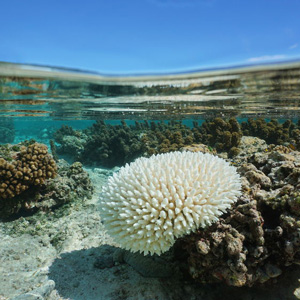
Since the beginning of the Industrial Revolution, the acidity of surface ocean waters has increased by about 30 percent. This increase is the result of humans emitting more carbon dioxide into the atmosphere and hence more being absorbed into the oceans. The amount of carbon dioxide absorbed by the upper layer of the oceans is increasing by about 2 billion tons per year.